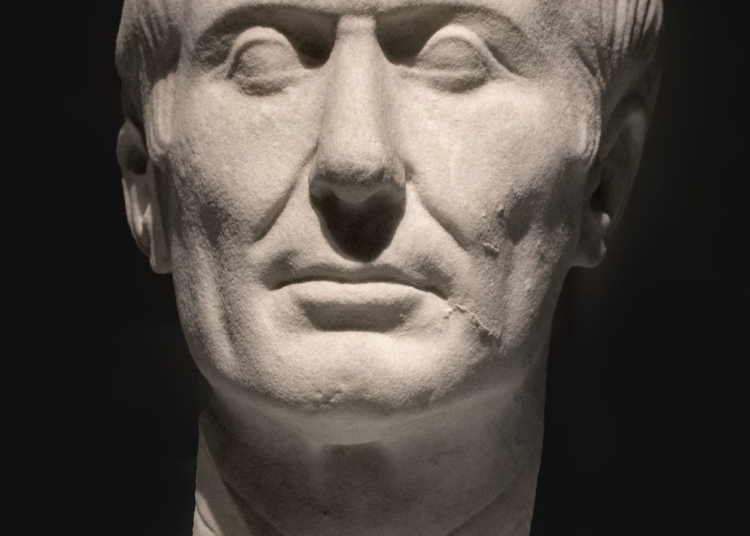This content discusses how Julius Caesar transformed the Roman military. Caesar, a renowned military leader and politician, implemented major reforms that forever changed the Roman military. He increased the size of the legions and introduced a well-organized command structure. Caesar emphasized rigorous training and discipline, introducing regular drills and coordinated formations. He also established veteran cohorts within the legions. Under Caesar’s leadership and with these reforms, the Roman legions achieved remarkable success, conquering Gaul and winning battles in the civil war against Pompey. Caesar’s military reforms had a lasting impact, serving as a model for future Roman armies and influencing military doctrines throughout history.
Caesar’s Legion: How Julius Caesar Transformed the Roman Military
The Rise of Julius Caesar
Julius Caesar, a renowned military leader and politician, played a crucial role in transforming the Roman military during his time. Born in 100 BC into a noble Roman family, he showed early signs of leadership and military brilliance. Caesar quickly rose through the political ranks, forming alliances and expanding his influence.
Caesar’s Military Reforms
Caesar recognized the need to transform the Roman military to become a more disciplined and efficient fighting force. He instituted several key reforms that forever changed the way Rome waged wars and conquered new territories.
The Legionary System
One of Caesar’s most significant innovations was the restructuring of the Roman legions. He increased the number of soldiers in a legion from around 4,200 to 6,000 men. This larger unit allowed for more tactical flexibility and resilience in battle. Caesar also introduced a well-organized command structure, with each legion divided into maniples and cohorts, each led by experienced officers.
Meticulous Training and Discipline
Caesar emphasized rigorous training and discipline within his legions. He introduced regular drills and exercises, ensuring that every soldier was well-prepared for combat. Caesar’s troops were trained to fight in coordinated formations, using the famous “Testudo” (tortoise) formation to shield themselves from missile attacks. This enhanced discipline gave the legions an edge over their opponents.
Veteran Cohorts
Caesar established special cohorts within his legions consisting of battle-hardened veterans. These experienced soldiers served as the backbone of his forces, mentoring younger recruits and providing invaluable leadership on the battlefield. The presence of veteran cohorts immensely improved the overall combat effectiveness of Caesar’s legions.
The Success of Caesar’s Legions
Under Caesar’s leadership and with his military reforms, the Roman legions achieved remarkable success. They conquered Gaul, modern-day France, in a series of campaigns between 58 and 50 BC. These conquests not only expanded Rome’s territory but also provided a wealth of resources that fueled the empire’s growth.
Caesar’s legions also played a crucial role in his civil war against Pompey the Great. Despite being outnumbered in several battles, Caesar’s disciplined army overwhelmed his opponents with superior tactics and cohesive unit cohesion. The Battle of Pharsalus in 48 BC, where Caesar’s legions emerged victorious, marked a turning point in Roman history and solidified his control over the empire.
The Legacy of Caesar’s Legions
Caesar’s military reforms had a lasting impact on the Roman military and subsequent civilizations. The legions became the model for future Roman armies and were emulated by generals and leaders for centuries to come. The discipline, battle formations, and command structure instituted by Caesar laid the foundation for Rome’s military success and the maintenance of its vast empire.
Moreover, Caesar’s military innovations set the stage for the professionalization of armed forces and shaped the tactics and strategies used by modern militaries. His emphasis on training, discipline, and the strategic use of troops has influenced military doctrines even in current times.
In Conclusion
Julius Caesar’s transformation of the Roman military, through his reforms and innovations, elevated the legions to new heights of power and efficiency. His meticulous training, disciplined legions, and astute command structure redefined Roman warfare and allowed for the conquest of vast territories. Caesar’s military legacy continues to shape military thinking and tactics to this day.













